Today, the biggest updates come from Russia.
Russian forces refuse to retreat from advanced positions, leaving units cut off from ground resupply and dependent on makeshift drone drops of food and essentials. This growing crisis of isolation risks starving fighters of calories and morale, threatening their very doctrine.

Ukrainian drone dominance has turned Russian ground resupply routes into kill zones, with FPV drones, remotely placed mines, and loitering munitions shredding buggies, motorcycles, and even robotic carts before they reach forward positions. Poor tactical choices amplify the problem: commanders push small assault groups deep into contested gray zones without securing stable corridors, betting on speed over sustainability. Rushed infiltrations, designed to seize Ukrainian strongpoints or disrupt rear areas, frequently overrun their logistics, leaving squads stranded as counterattacks close escape paths.

Harsh terrain, minefields, and seasonal mud further isolate units that refuse retreat in order to avoid ceding hard-won ground. Ammunition shortages force fighters to prioritize combat loads, sidelining food and water planning. Nighttime resupply attempts fail under Ukrainian thermal surveillance, and invisible mines in the dark, while daylight runs invite artillery and drones all the same. The result is hundreds of Russian micro-pockets of land across Donetsk and Zaporizhzhia fronts that now depend entirely on air drops, with soldiers rationing privately bought snacks, until the next drone arrives, hoping Ukrainians don’t shoot it down.
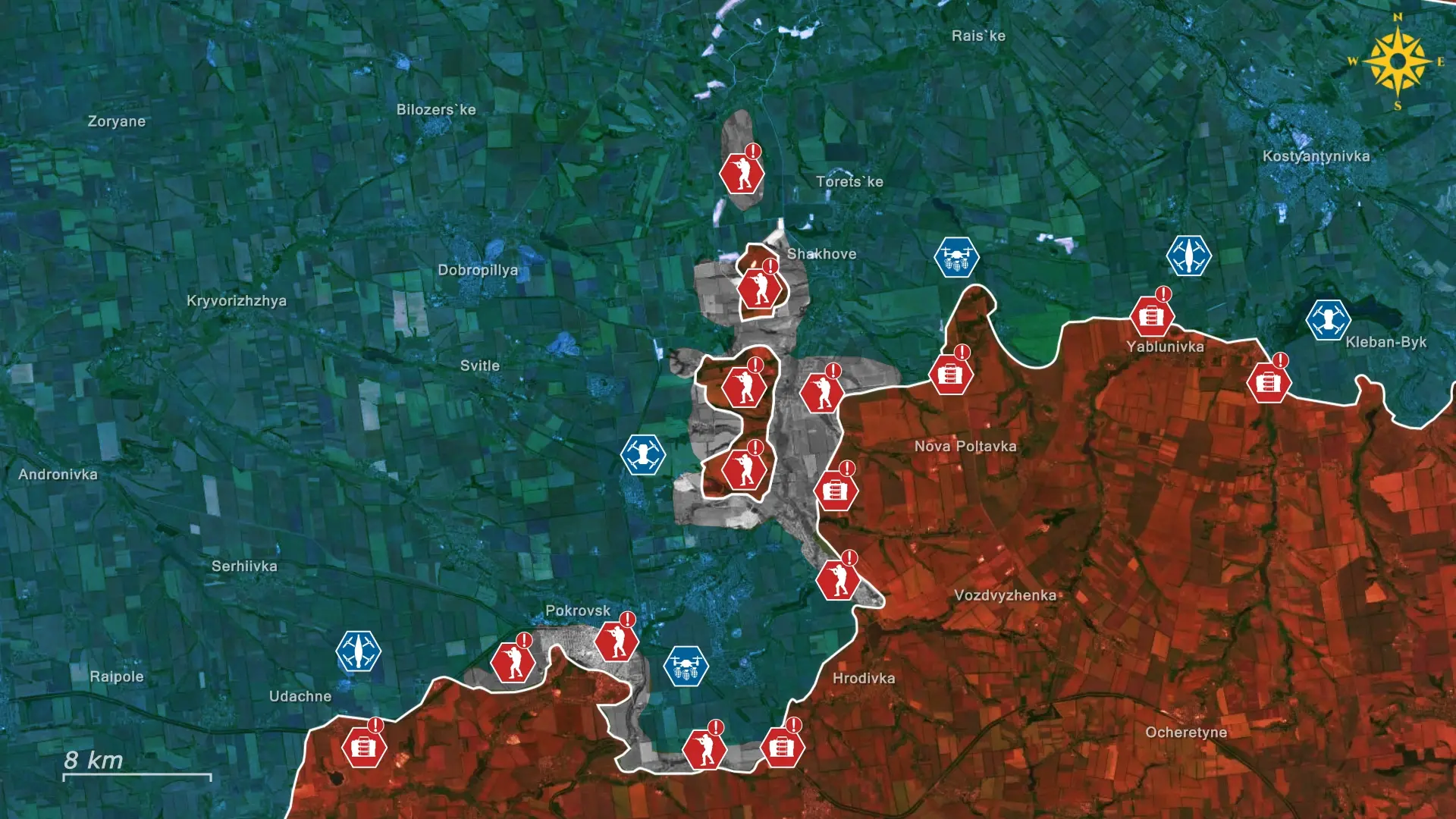
Russian drone operators now represent the lifeline of the ground troops, hurling food, water, batteries, and medicine from Mavics, FPV drones, and occasional heavy-lift octocopters to prevent starvation or surrender. A single Mavic can carry barely two energy bars and a liter of water, requiring multiple sorties per squad and exposing pilots to Ukrainian interception. Drop accuracy suffers in wind, tree cover, or urban rubble; packages burst on impact, spill into minefields, or land in enemy hands by accident. Heavier octocopters appear rarely, limited by noise, cost, and electronic warfare jamming, and are generally not used by Russian forces.
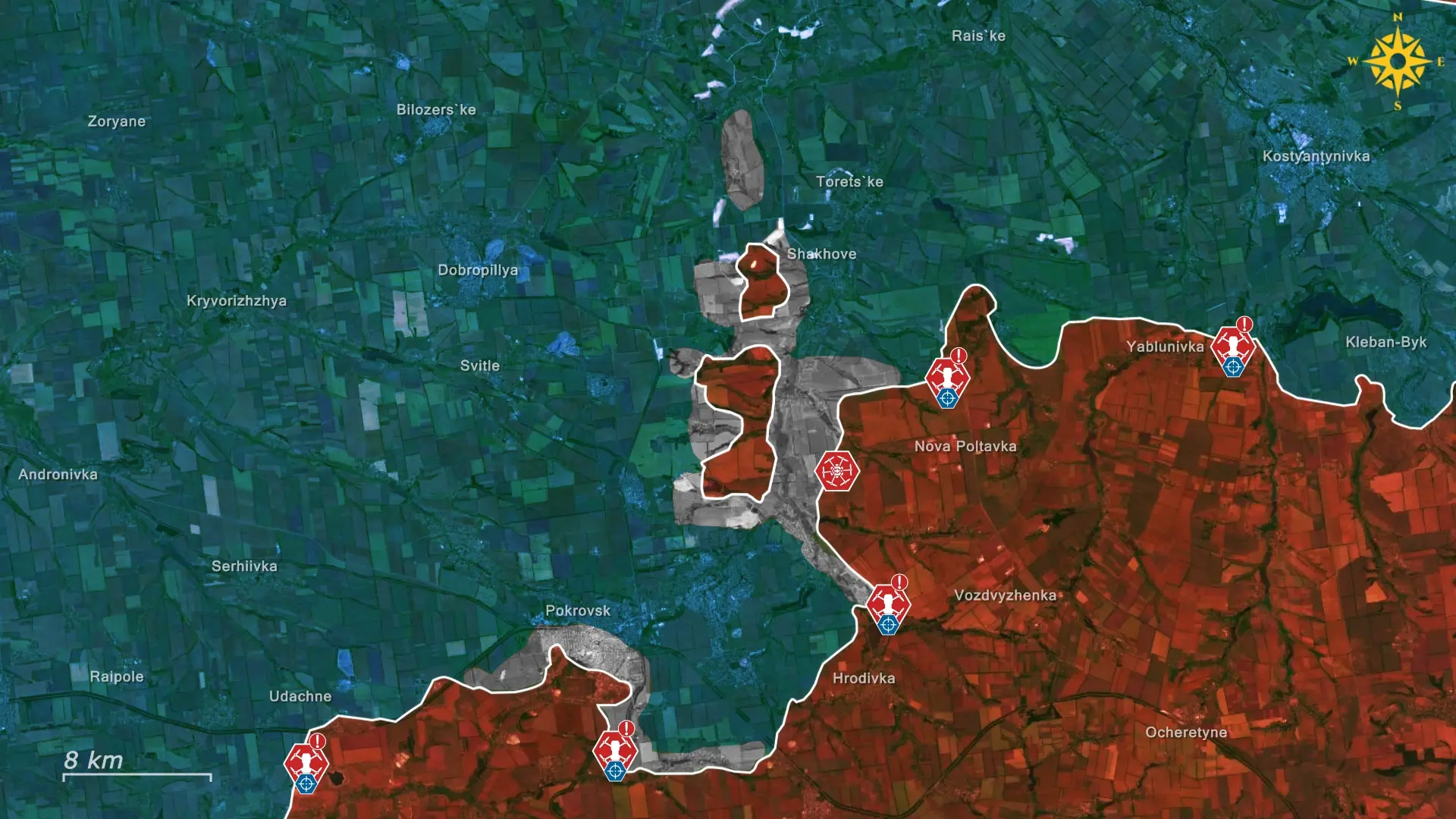
Standard army rations prove useless: an individual 1.2 kilogram ration pack shatters rotors, canned stew adds dead weight, and soldiers instead receive volunteer-bought chocolate and nuts that spike blood sugar then crash energy, as complained about by Russian soldiers themselves. No universal release mechanism exists, so operators tie parcels with string or tape, risking mid-flight loss. Battery swaps for the drones themselves compete with food payloads, create a vicious circle of depletion.

In order to solve these issues, Russian units repurpose sapper FPV drones that have already proven useful for mine delivery, with simple drop hooks to ferry 1 to 2 kilograms loads of nuts, energy bars, and water pouches. Frontline workshops standardize release mechanisms using 3D-printed clamps and breakaway ties.

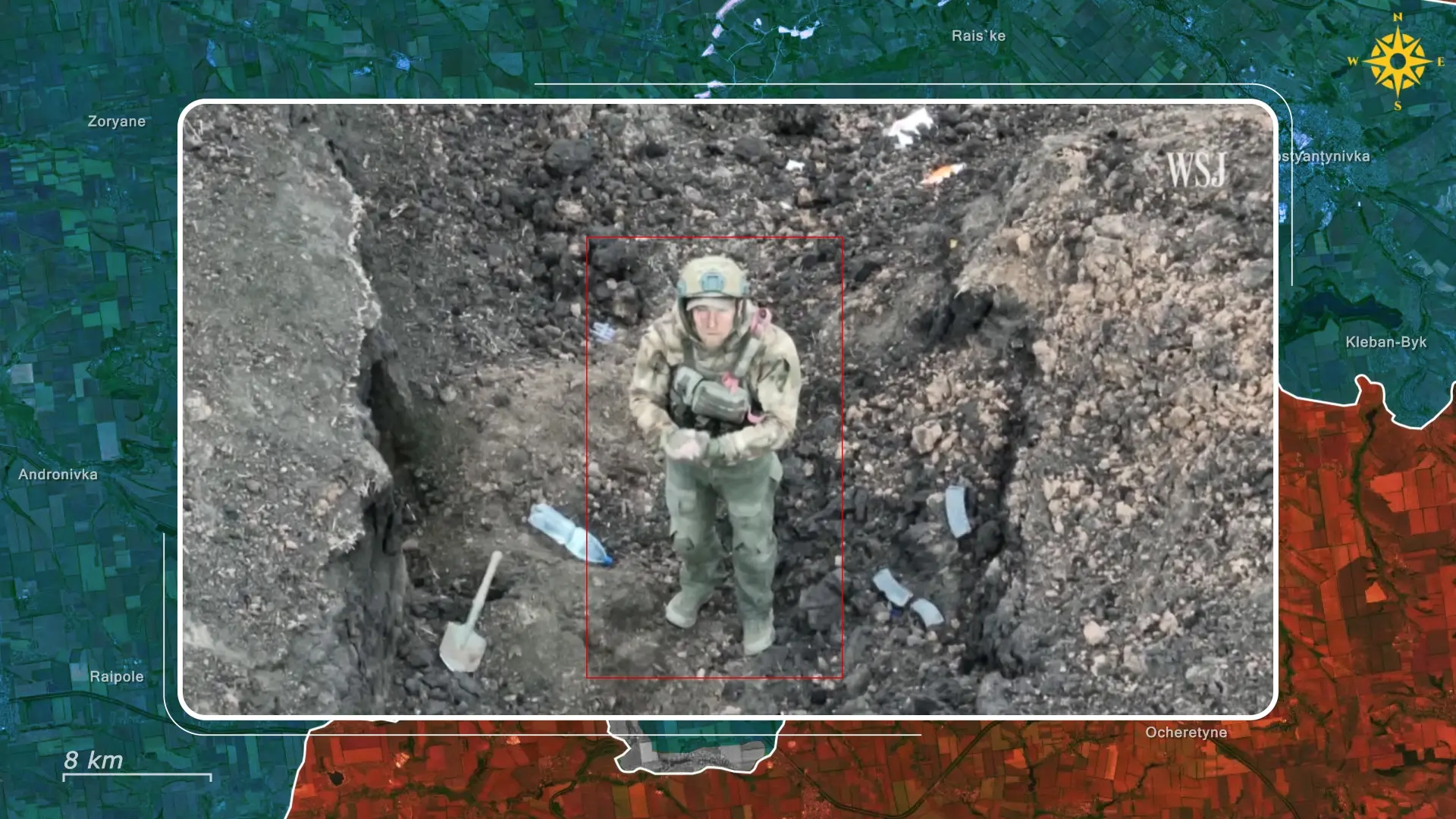
Volunteers crowdfund lightweight freeze-dried sublimate meals for testing in Kursk and Donetsk sectors. Some brigades experiment with quadcopters retrofitted with cargo nets, while others train night drops with heavy octocopters, seeking to implement them more widespread.
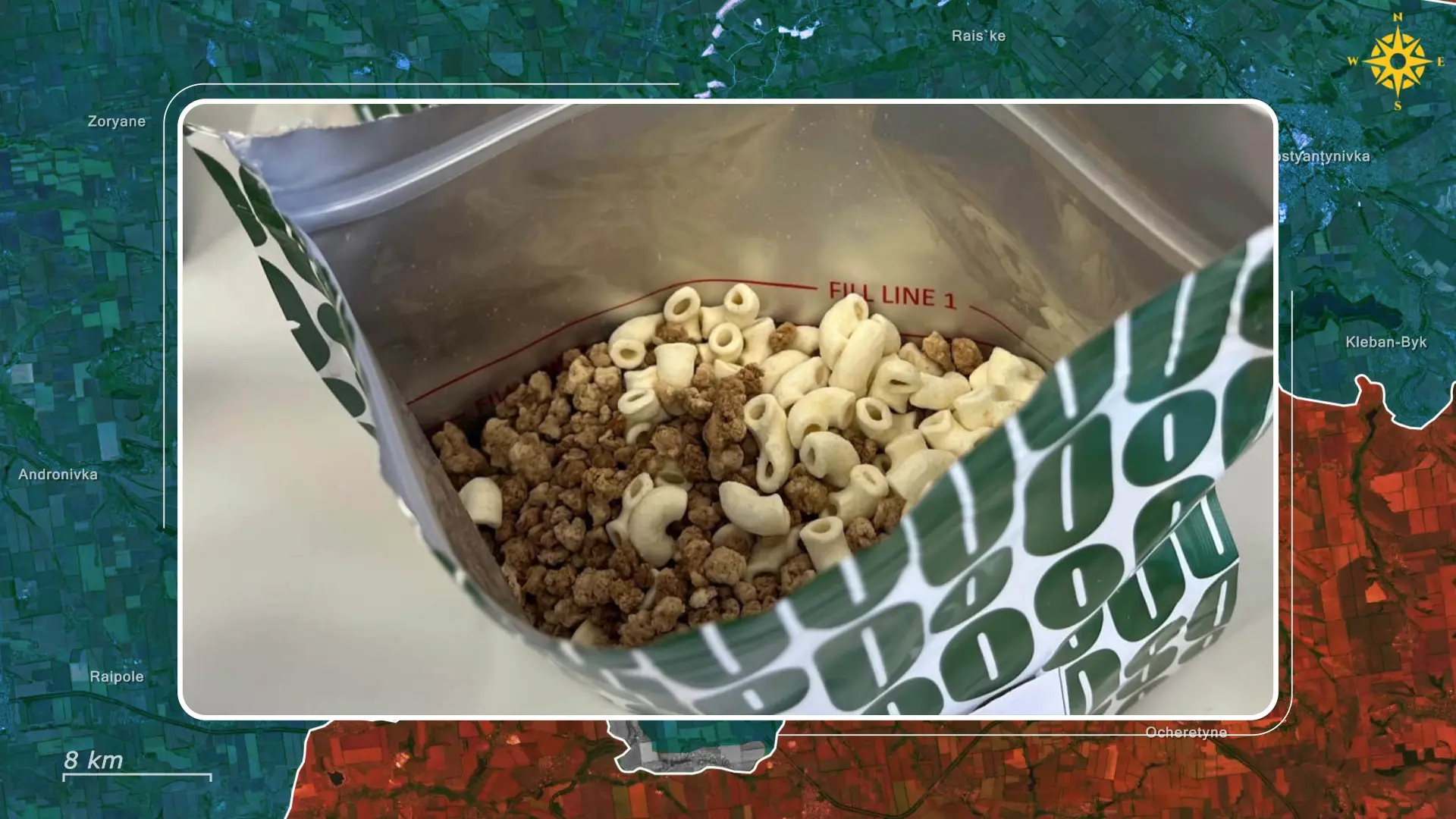
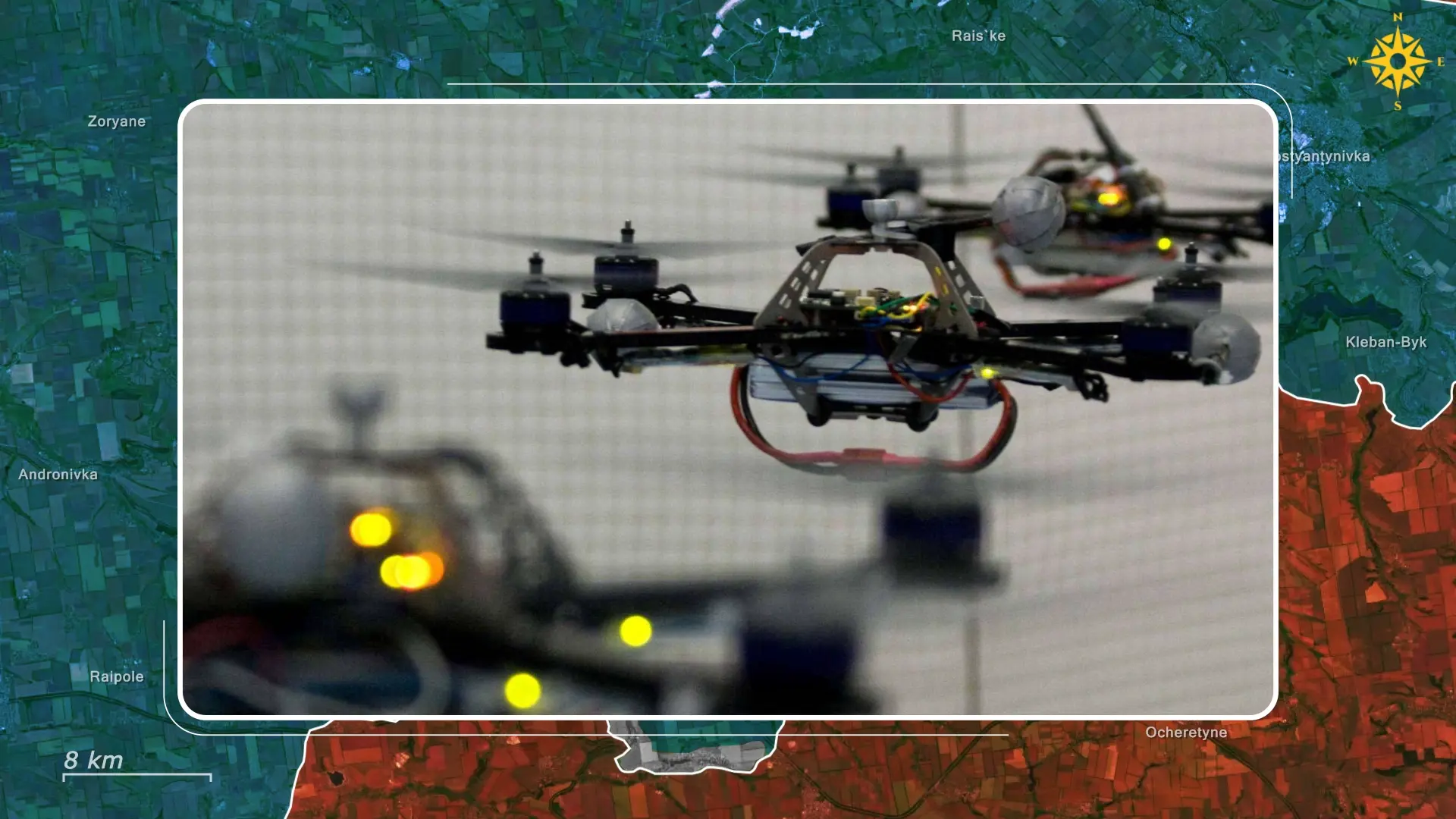
Russian military analysists push for centralized procurement of compact aerial rations and modular payload pods as a way to counter Ukrainian drone superiority. Russian tinkerers fixate on grams and gadgets like the 3D clamps, freeze-dried packets, Baba Yaga runs, all while the front splinters into hundreds of isolated micro-garrisons, each demanding their own daily airdrops.
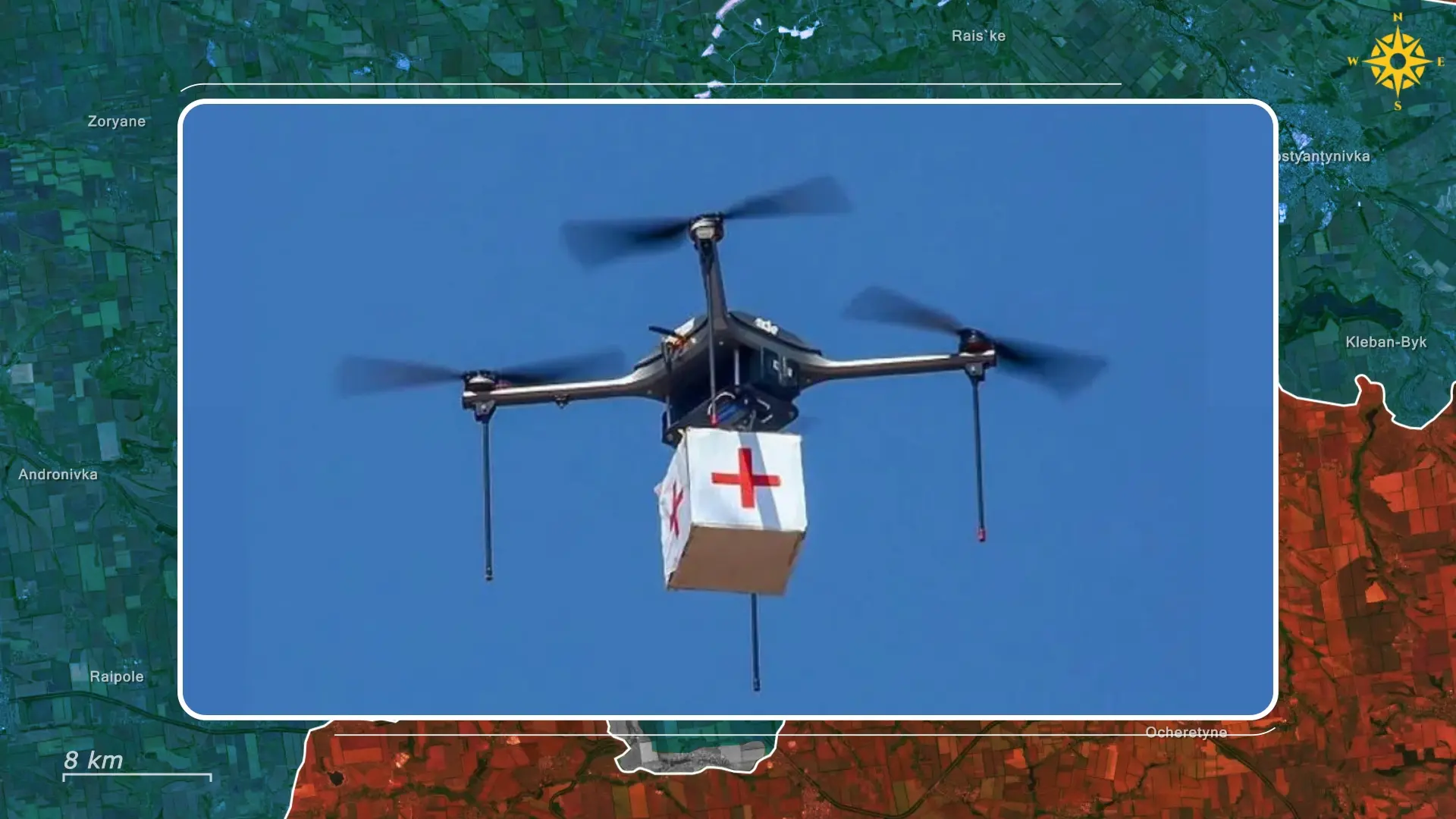
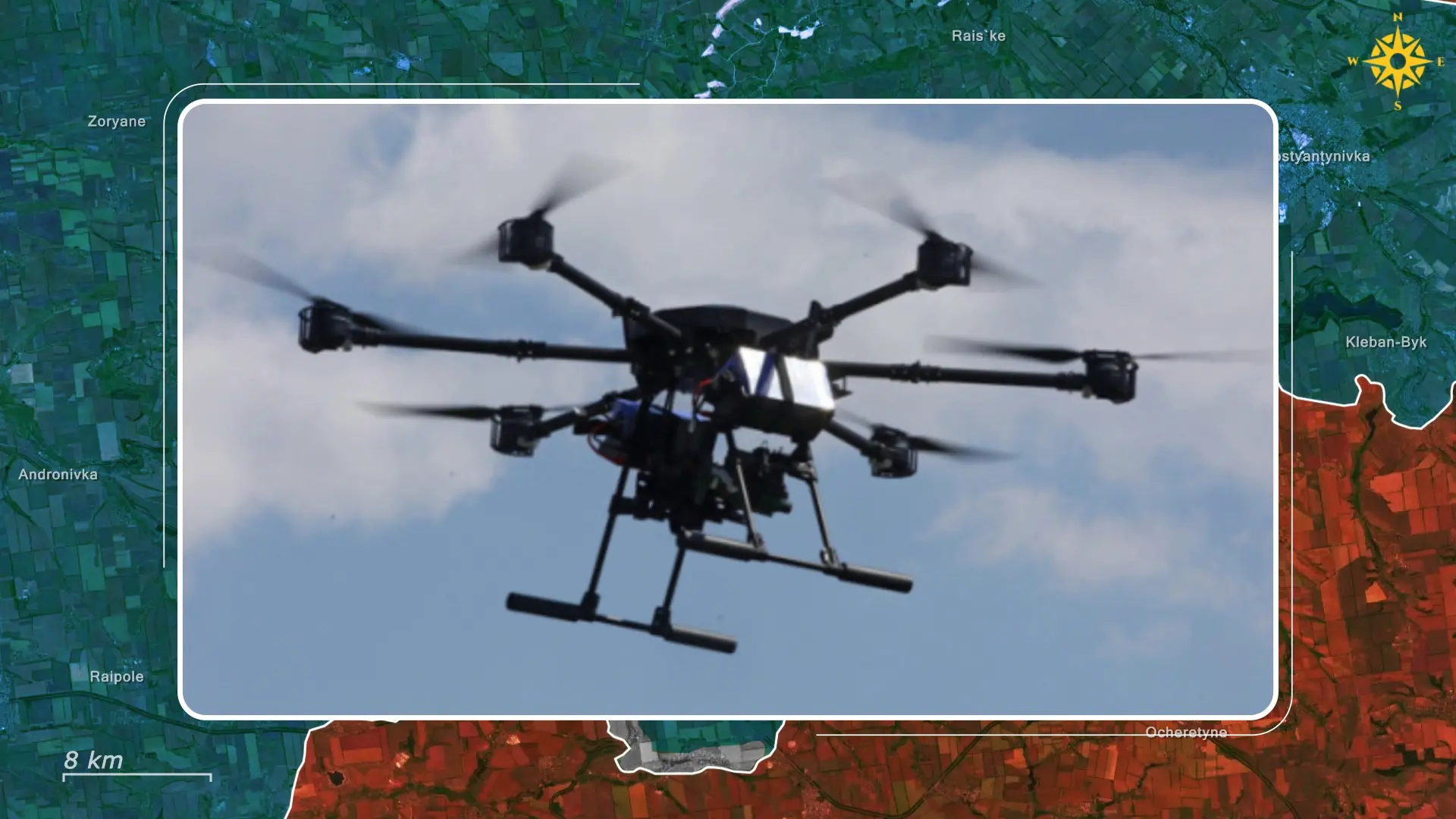
These patchwork solutions ignore the exponential math: a single cut-off large squad needs 6 to 8 kilograms of food and water per day. Fifty such platoons across one brigade front equals to about 350 kilograms, or 700 Mavic sorties, burning around 1,400 batteries and taking hundreds of pilots away from frontline operations.
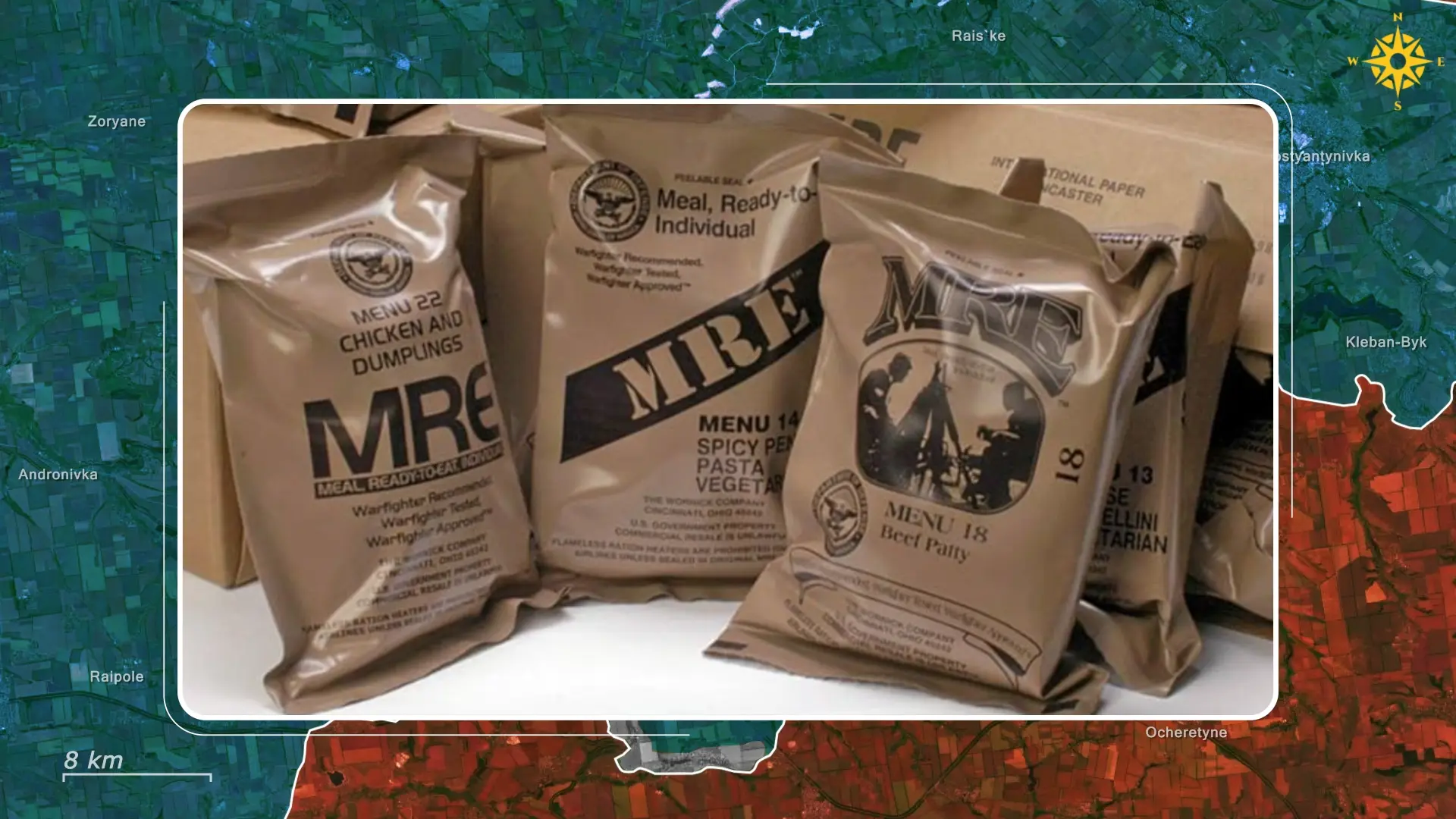

No command tracks aggregate demand, battery attrition, or drone losses, so units compete for the same volunteer parcels. In contrast, Ukraine’s 82nd Air Assault Brigade fields dedicated logistics quadcopters with standardized 5 kilograms pods, GPS-guided parachutes, and pre-positioned ration caches at battalion level. In the end, Moscow’s refusal to retreat creates the crisis; its failure to centralize aerial logistics turns the survival of the troops into a lottery.
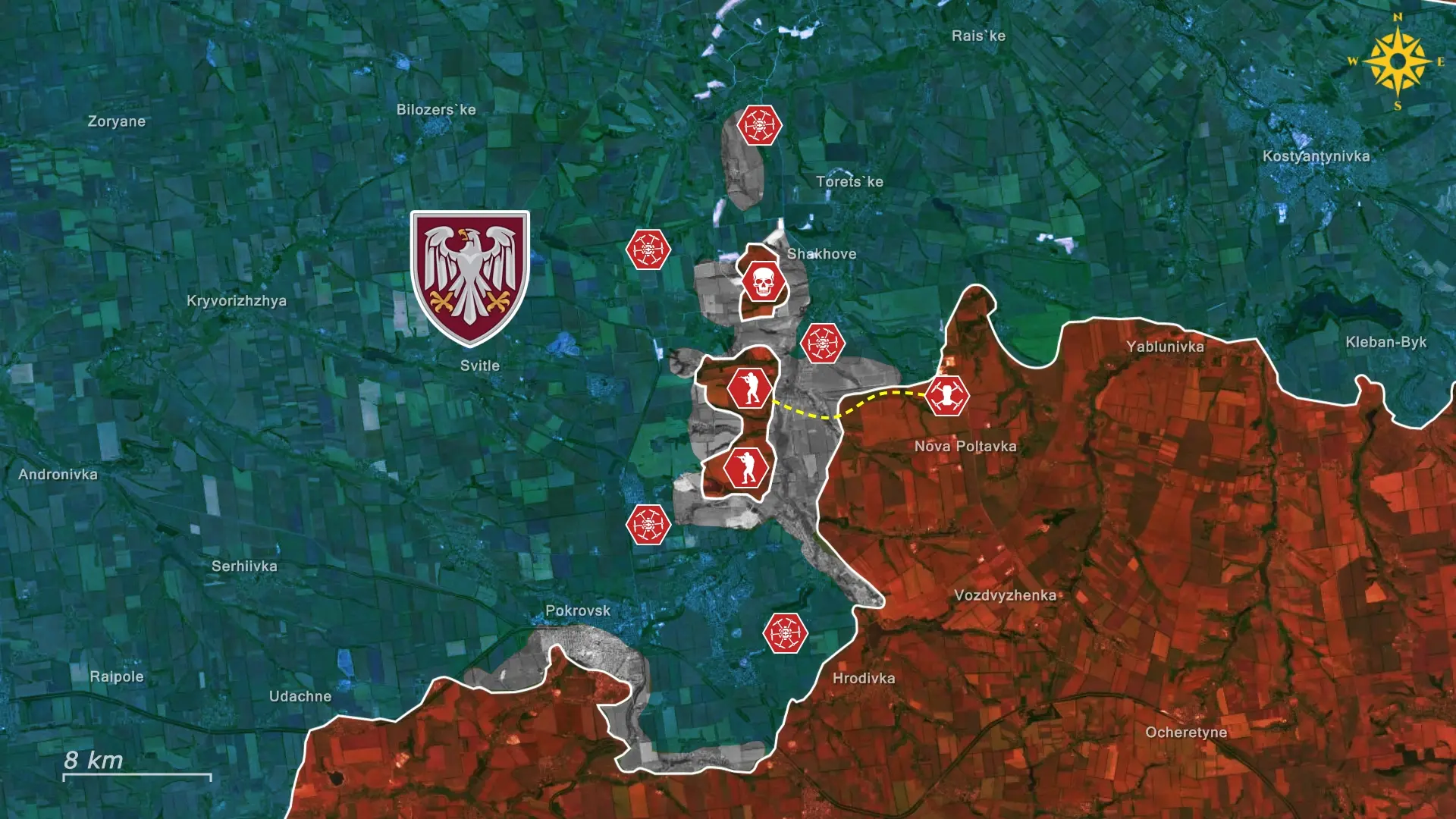
Overall, Russia’s refusal to retreat transforms tactical stubbornness into a strategic supply crisis, where drone drops become the sole artery sustaining fractured fronts. Without standardized FPV release systems and freeze-dried aerial rations, isolated units face fatigue, diminished combat power, and potential collapse under sustained Ukrainian pressure. Centralized logistics, mirroring Ukrainian modular airbridge models must prevent the spread of cut-off pockets to preserve the non-retreat doctrine itself. Failure to scale these solutions risks turning every hard-won meter into a starvation trap.









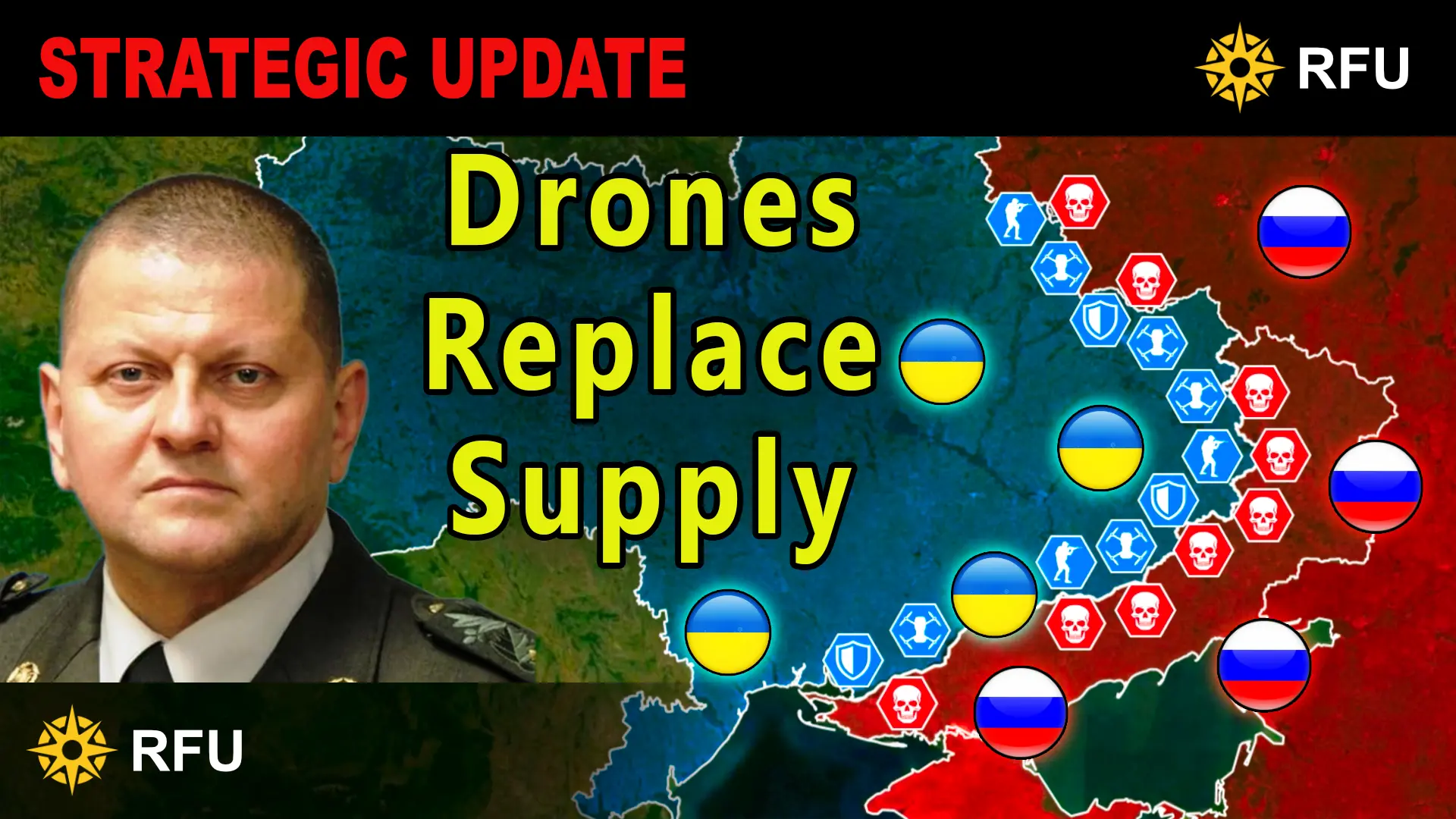
.jpg)

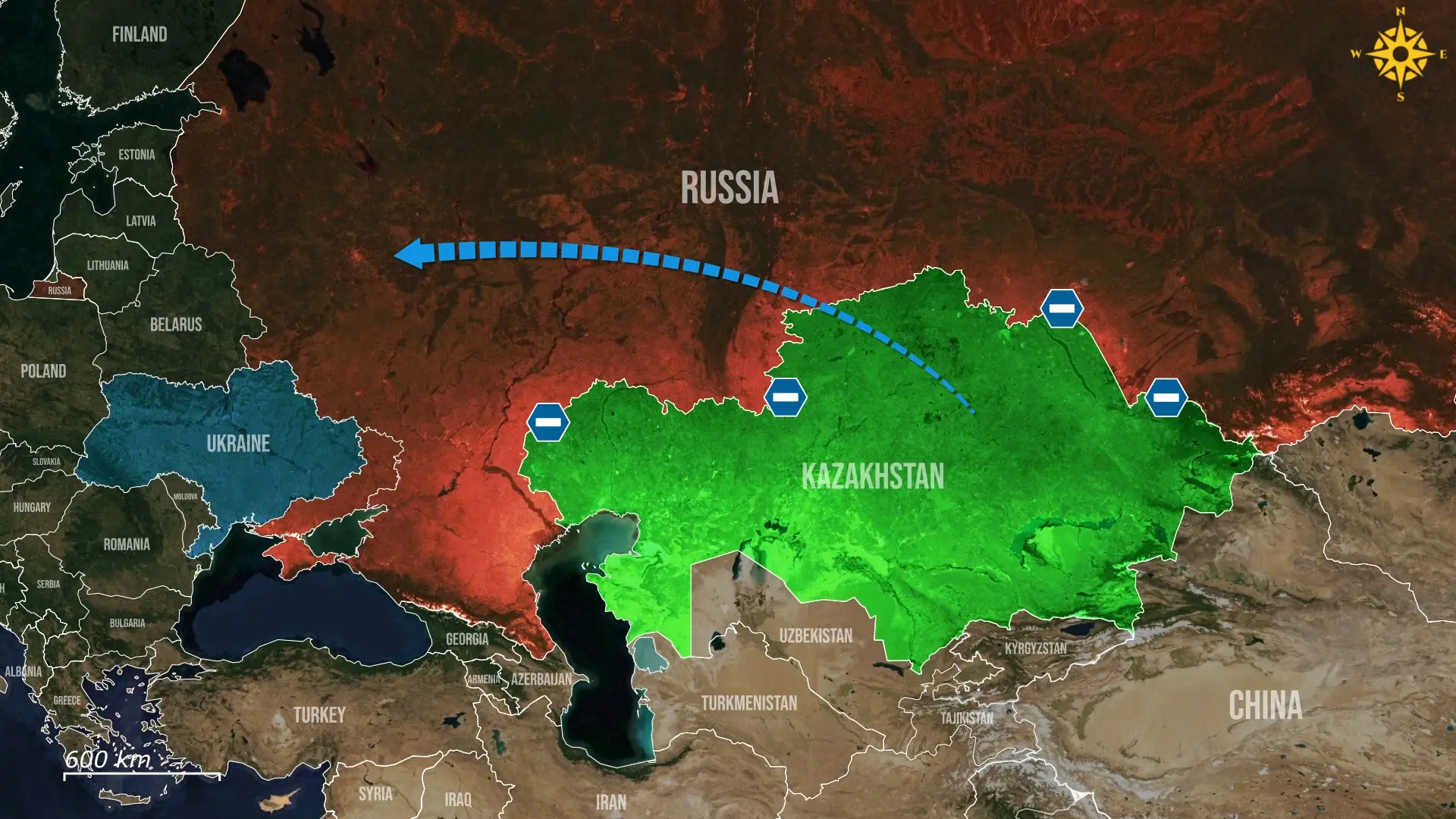

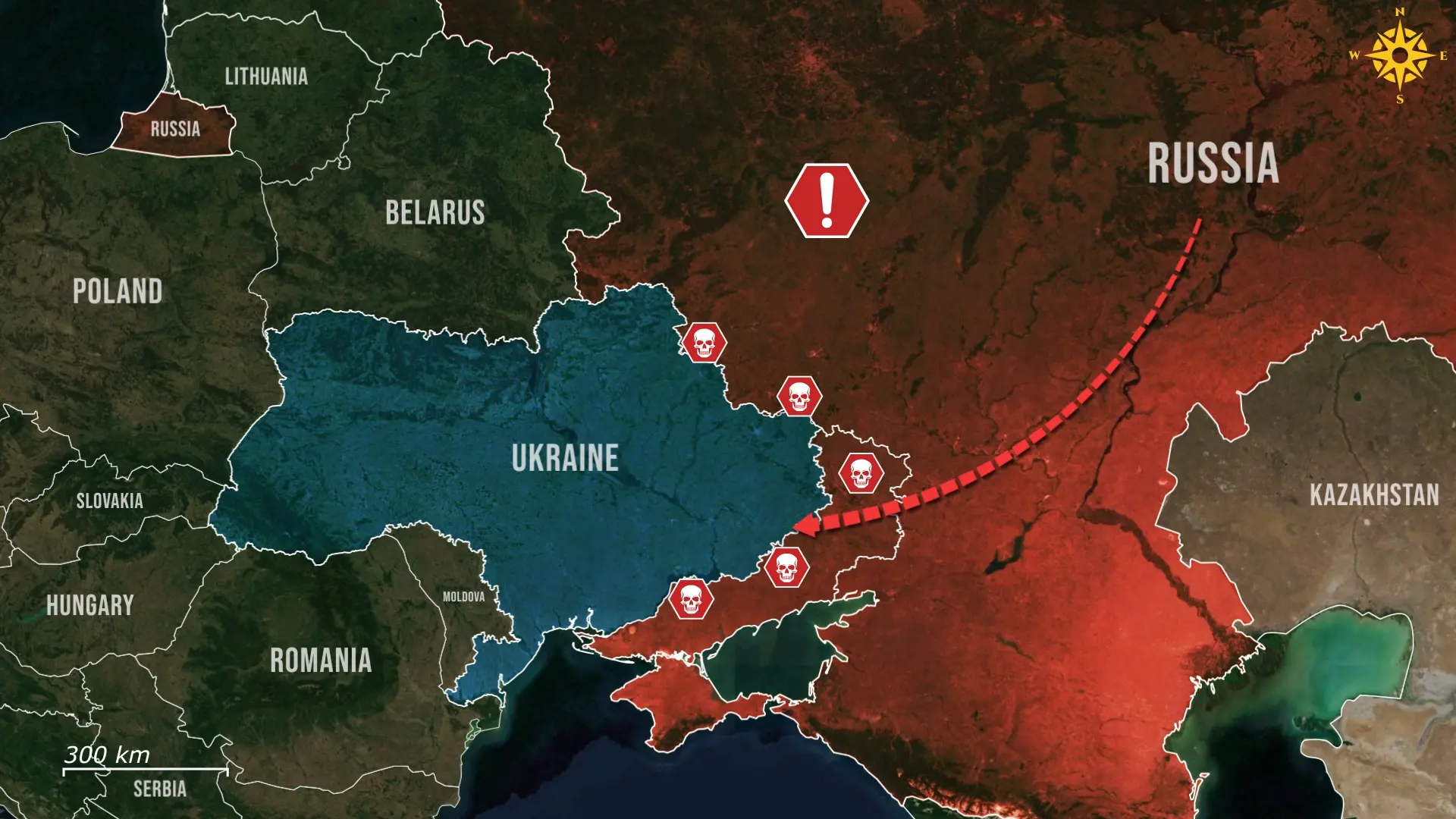

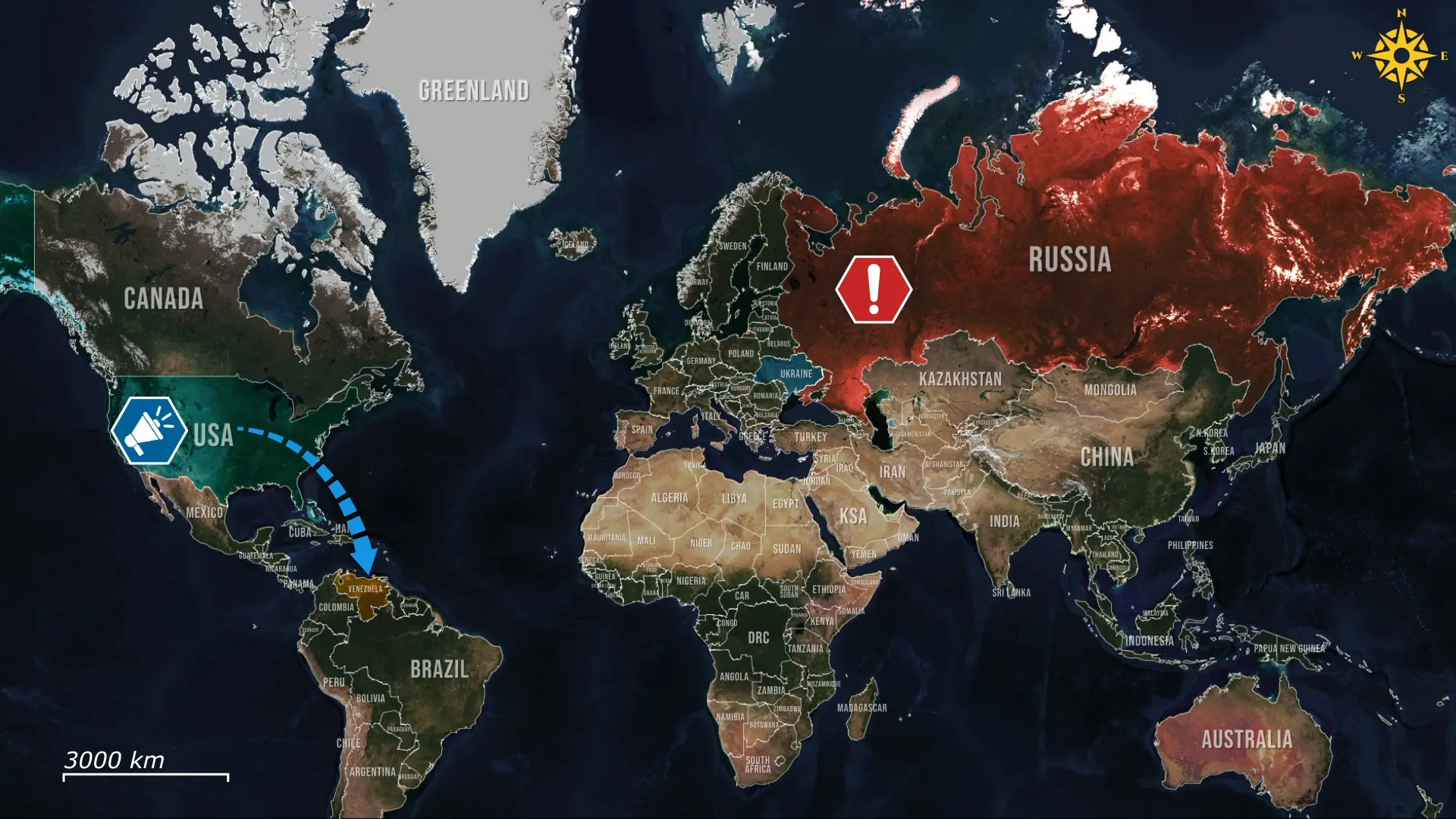
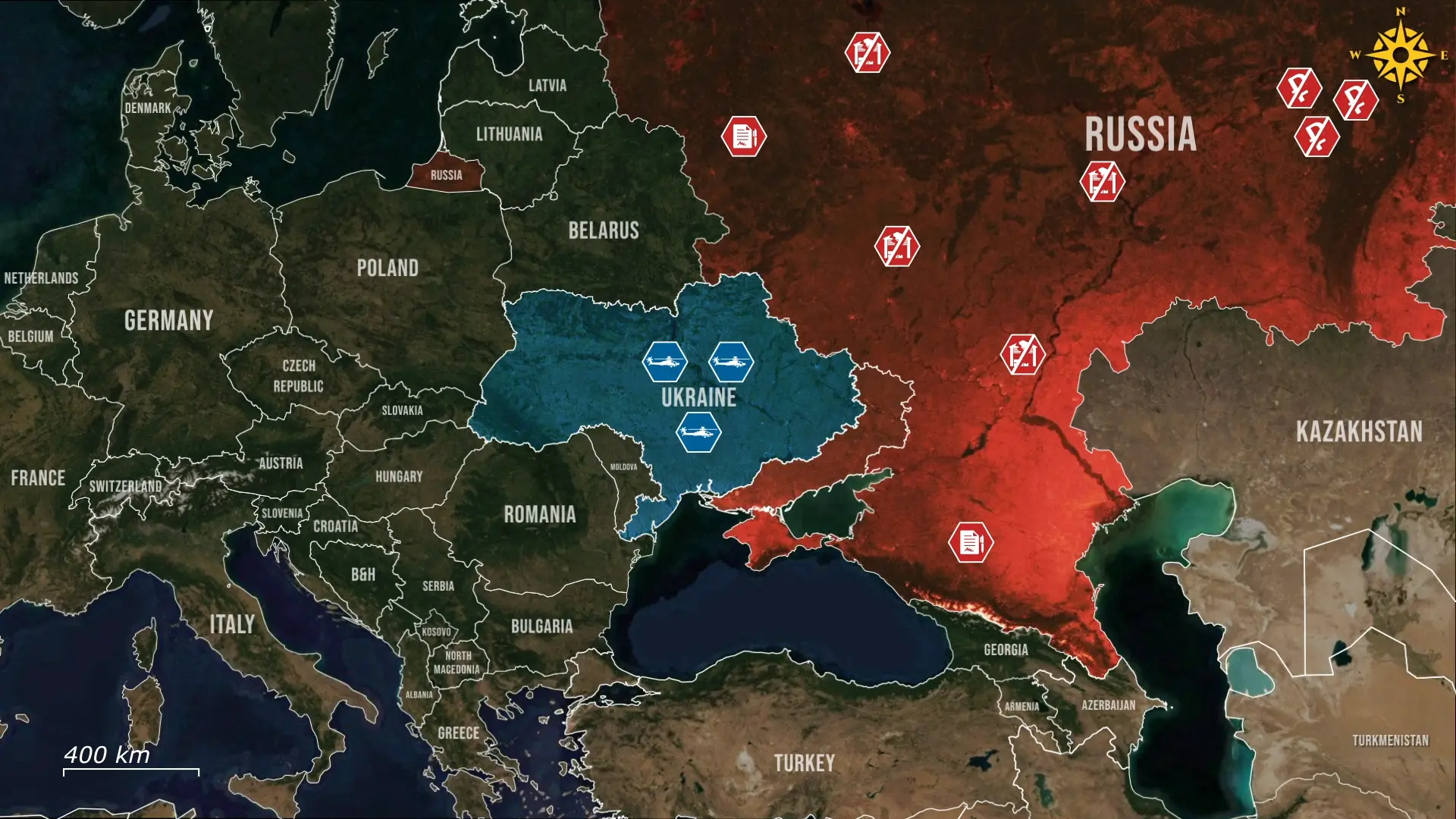
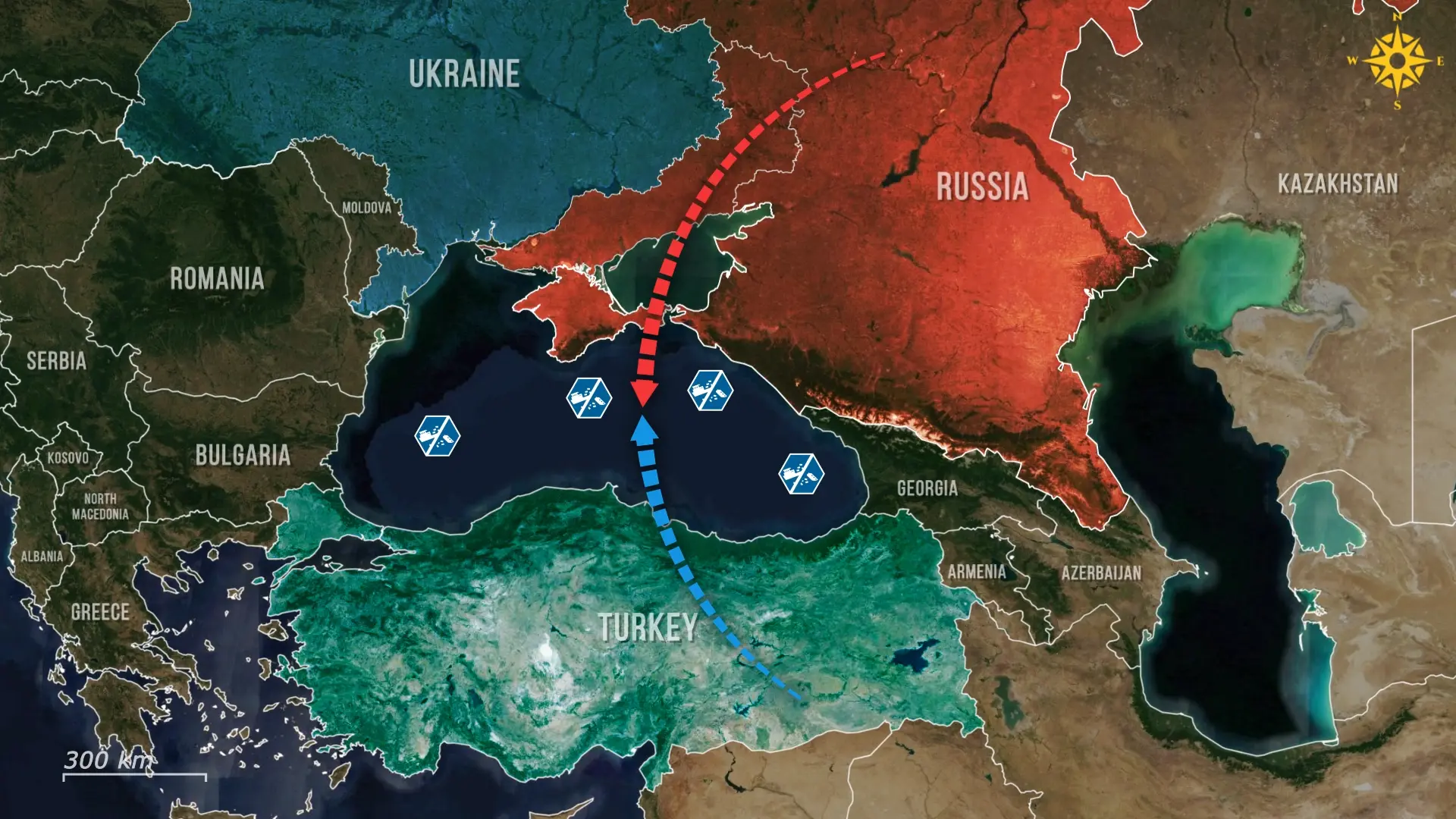
Comments